There were more than 8 million identity theft victims in the United States last year alone. Identity theft can take many forms, from the thief who steals someone’s checkbook all the way to the elaborate schemer who establishes full line of credit in another person’s name. Here are some ways you can help shield yourself.
1. Be vigilant in checking your banking accounts.
A monthly review of checking/savings accounts and debit/credit card accounts may not be sufficient to prevent fraud from cleaning out accounts. Review accounts every couple of days online instead, and notify your bank immediately if something looks suspicious. Be sure to ask for your free credit report, which you can order annually from each of the nationwide consumer credit reporting companies: Equifax, Experian and TransUnion or via annualcreditreport.com.
2. Perform e-commerce only on secure websites.
Ensure you do business with reputable companies that operate secure websites. Secure Sockets Layer (SSL) certificates are credentials for the e-commerce world. Normally, website addresses or URLs begin with the letters “http,” but when you are at a secure connection, such as your bank website, the URL should begin with “https” instead.
3. Keep your home computer safe from viruses and malware.
Ensure your browser is configured securely, and install updated security software to protect against spyware, viruses and keyloggers, which are applications that monitor a user’s keystrokes. Such a program can capture passwords used for online banking or billing accounts. Malware is installed on your computer without your knowledge via email attachments, unsafe websites or even a USB flash drive infected by an unprotected computer or from transferred data.
4. Change your online passwords regularly.
Never write down your passwords. Consider password management software, which can be placed on your cell phone and safely stores your login information.
5. Shred everything.
Destroy all documents containing personal information rather than just tossing them in a non-secure garbage bin.
6. Be wary of the handyman who rings your doorbell unannounced.
Typically the scammer says, “Hi, I was working on your neighbor’s house and I noticed yours could use some work.” This handyman’s goal may be just to obtain a check from you in order to create counterfeit or altered checks, increasing the amount payable by hundreds or thousands of dollars.
7. Do not mail checks from a rural mailbox or one that can easily be broken into.
Identity thieves can create counterfeit checks once they have a copy of one of your checks, with your signature, the routing and account number. Do not leave outgoing mail in your home mailbox, drop it at a post office or U.S. mailbox for complete safety.


8. Use your debit card as a credit card.
Avoid entering your personal identification number (PIN) at the grocery or other retail outlets by using your debit card as a credit card. Make copies of all your credit cards and debit cards, front and back. If they are lost or stolen, you will have a quick reference possibly stopping fraudulent use before it occurs.
9. Never carry your Social Security card in your wallet or purse.
Keep your card locked away in a safe at home or stored with other valuables.
10. Make sure no foreign object device is attached to an ATM.
Perpetrators have been known to attach sophisticated “skimming” devices to ATMs. These electronic card readers installed over the card slot can record your card information. They can create a new card in a matter of minutes and drain your account. Look for these attachments or people hanging around the ATM watching customers.
Jo Sorbi is the security director for Crescent State Bank, which operates 15 full-service banking offices in North Carolina communities. She led the security department for the North Carolina Bankers Association and is familiar with financial fraud trends.




